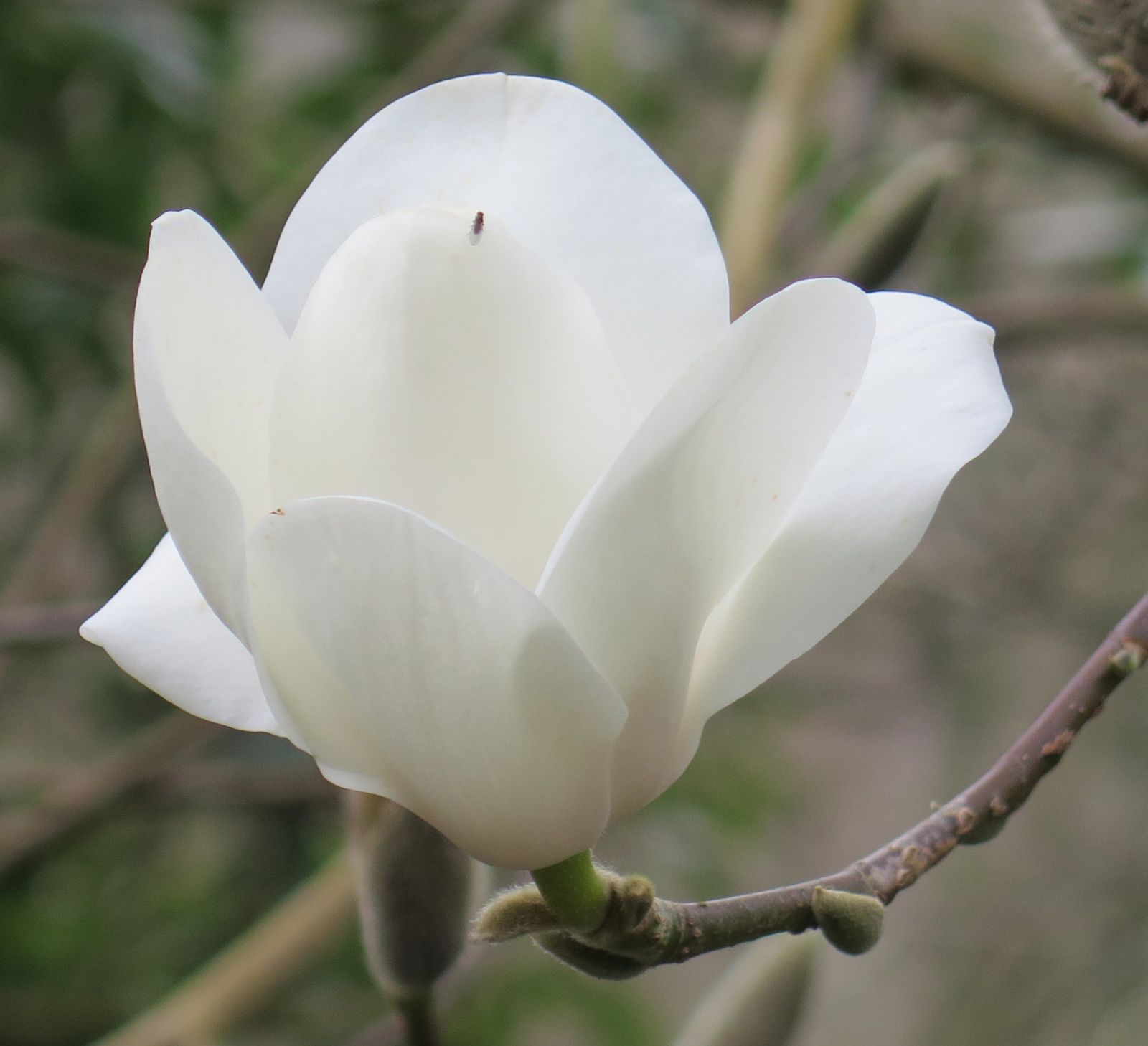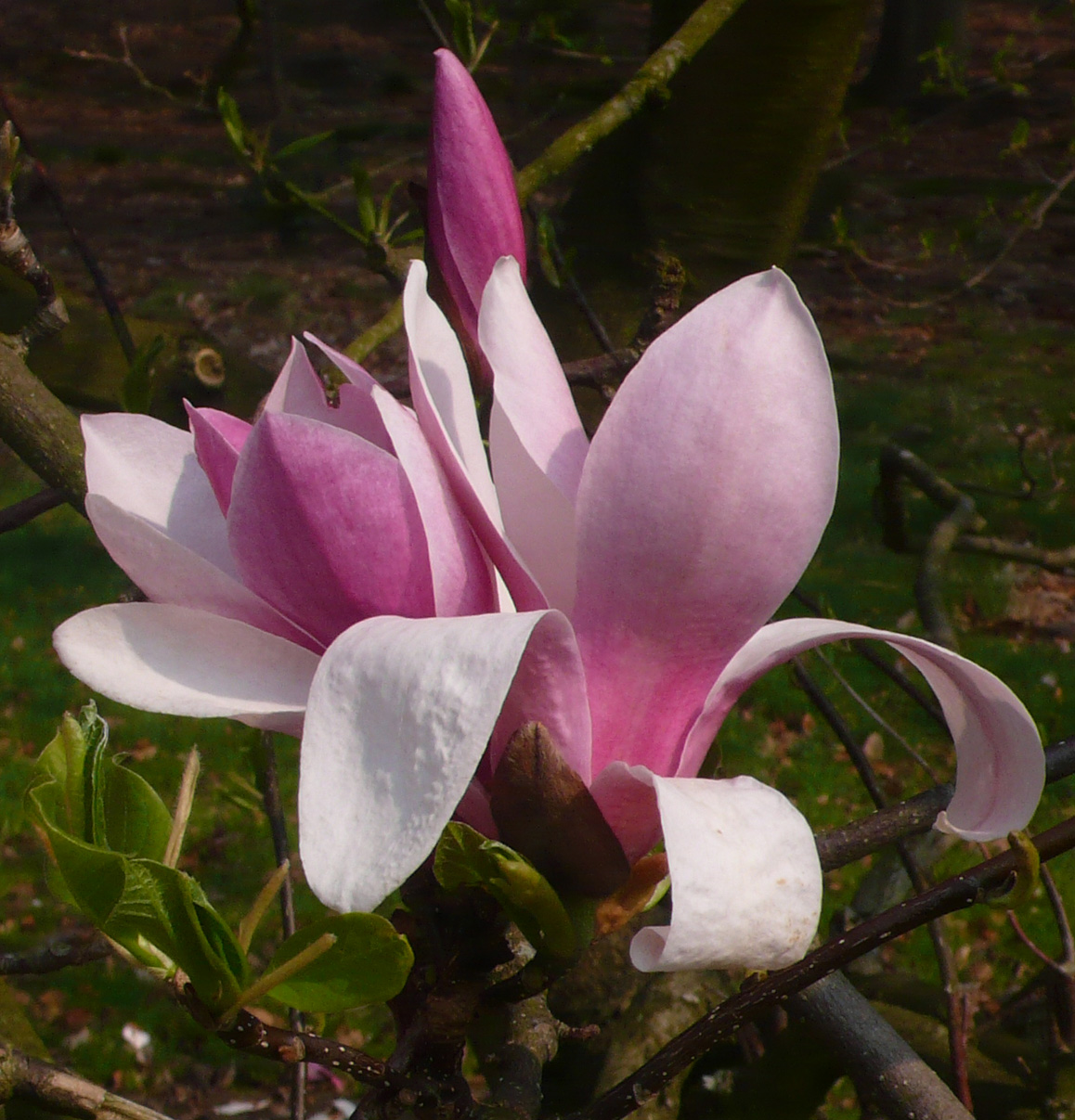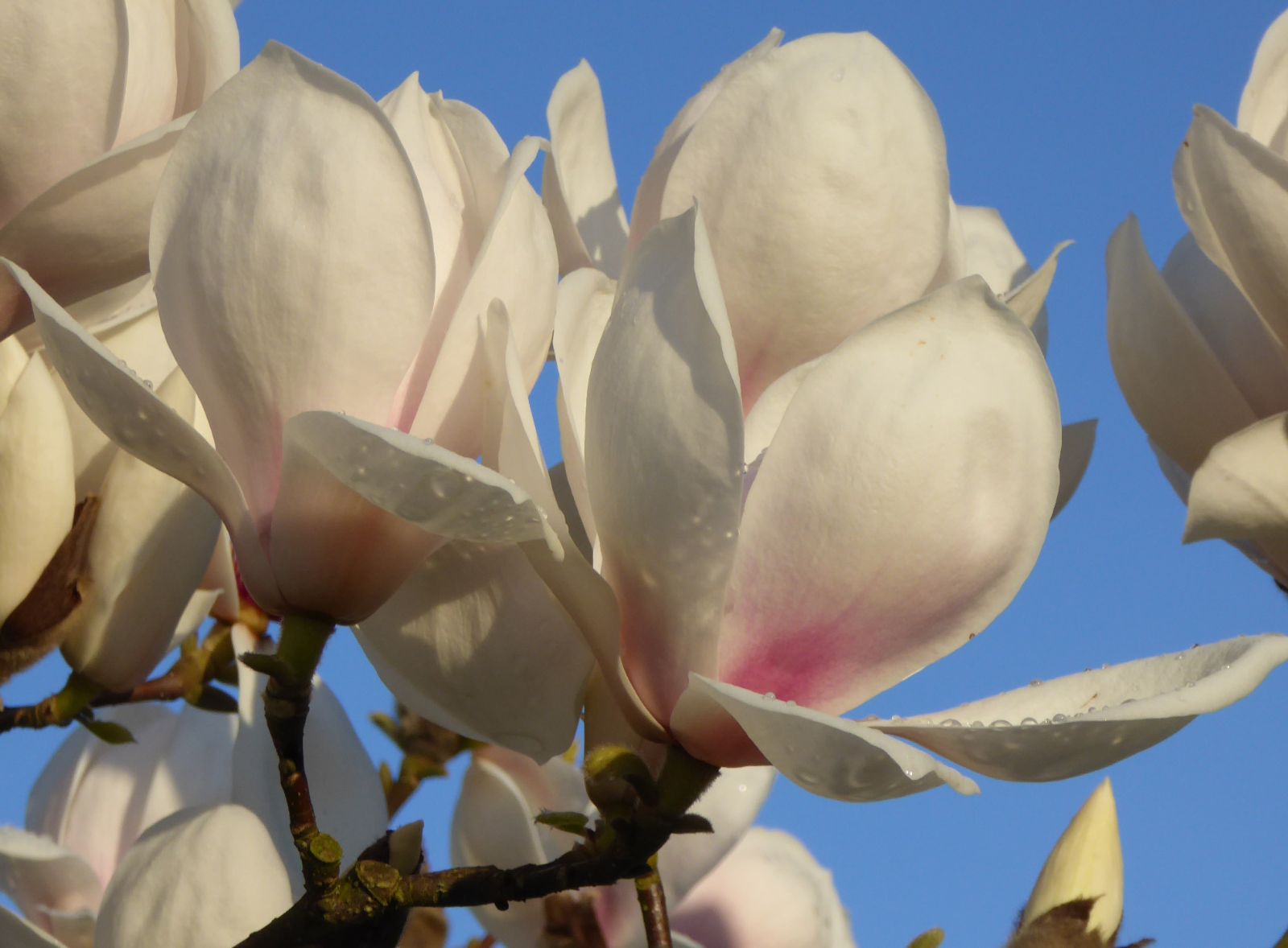Magnolia Gresham hybrids
Sponsor
Kindly sponsored by
The Roy Overland Charitable Trust

Credits
Julian Sutton (2022)
Recommended citation
Sutton, J. (2022), 'Magnolia Gresham hybrids' from the website Trees and Shrubs Online (treesandshrubsonline.
Genus
Other taxa in genus
- Magnolia acuminata
- Magnolia × alba
- Magnolia amabilis
- Magnolia amoena
- Magnolia aromatica
- Magnolia biondii
- Magnolia × brooklynensis
- Magnolia campbellii
- Magnolia cathcartii
- Magnolia cavaleriei
- Magnolia caveana
- Magnolia champaca
- Magnolia changhungtana
- Magnolia chapensis
- Magnolia compressa
- Magnolia conifera
- Magnolia Cultivars A
- Magnolia Cultivars B
- Magnolia Cultivars C
- Magnolia Cultivars D
- Magnolia Cultivars E
- Magnolia Cultivars F
- Magnolia Cultivars G
- Magnolia Cultivars H–I
- Magnolia Cultivars J
- Magnolia Cultivars K
- Magnolia Cultivars L
- Magnolia Cultivars M
- Magnolia Cultivars N–O
- Magnolia Cultivars P
- Magnolia Cultivars Q–R
- Magnolia Cultivars S
- Magnolia Cultivars T
- Magnolia Cultivars U–V
- Magnolia Cultivars W–Z
- Magnolia cylindrica
- Magnolia dandyi
- Magnolia dawsoniana
- Magnolia de Vos and Kosar hybrids
- Magnolia decidua
- Magnolia delavayi
- Magnolia denudata
- Magnolia doltsopa
- Magnolia duclouxii
- Magnolia ernestii
- Magnolia figo
- Magnolia floribunda
- Magnolia × foggii
- Magnolia fordiana
- Magnolia foveolata
- Magnolia fraseri
- Magnolia fulva
- Magnolia globosa
- Magnolia × gotoburgensis
- Magnolia grandiflora
- Magnolia grandis
- Magnolia guangdongensis
- Magnolia hookeri
- Magnolia insignis
- Magnolia Jury hybrids
- Magnolia × kewensis
- Magnolia kobus
- Magnolia kwangtungensis
- Magnolia laevifolia
- Magnolia lanuginosa
- Magnolia leveilleana
- Magnolia liliiflora
- Magnolia × loebneri
- Magnolia lotungensis
- Magnolia macclurei
- Magnolia macrophylla
- Magnolia martini
- Magnolia maudiae
- Magnolia nitida
- Magnolia obovata
- Magnolia officinalis
- Magnolia opipara
- Magnolia × proctoriana
- Magnolia × pruhoniciana
- Magnolia rostrata
- Magnolia salicifolia
- Magnolia sapaensis
- Magnolia sargentiana
- Magnolia sieboldii
- Magnolia sinensis
- Magnolia sinica
- Magnolia sinostellata
- Magnolia × soulangeana
- Magnolia sprengeri
- Magnolia stellata
- Magnolia tamaulipana
- Magnolia × thomsoniana
- Magnolia tripetala
- Magnolia × veitchii
- Magnolia virginiana
- Magnolia × wieseneri
- Magnolia wilsonii
- Magnolia xinganensis
- Magnolia yunnanensis
- Magnolia yuyuanensis
- Magnolia zenii
Between 1955 and 1969 D. Todd Gresham raised over 15,000 hybrid Magnolia seedlings at his home in Santa Cruz, CA (Magnolia Society 1985). His first, highly focused breeding attempts led to several cultivars which have become mainstream garden plants in Europe. His later crosses were more diverse and have given further fine trees selected by others, some of which are only now becoming known on both sides of the Atlantic.
Gresham’s first experiments aimed to combine the floral beauty and tree form of M. campbellii with the hardiness, adaptability and ability to flower when still young of M. liliiflora and M. × soulangeana. All his first crosses used a clone derived from M. × veitchii (M. campbellii × M. denudata) as one parent. Treseder (1978) believed it to have been a second generation M. × veitchii seedling known under the unestablished cultivar names M. × veitchii ‘Rubra’ and M. ‘Veitchii Rubra’ (Lobdell 2021), which may actually have M. × soulangeana as pollen parent. However McDaniel (1978) (followed by Lobdell 2021) gives it as the original M. × veitchii ‘Peter Veitch’. It was hybridized with both M. × soulangeana ‘Lennei Alba’ and M. liliiflora (perhaps ‘Nigra’). 24 seedlings from each were selected for growing on, based on vigour and leaf form.
Six cultivars with M. liliiflora as a parent were named. They are upright growing, small to medium trees, flowering before the leaves, at the same time as the later M. × soulangeana cultivars (late April to early May in southern England). Flower colour ranges from pale pink to wine red, with stronger colours developing in warmer climates. Gresham referred to them as ‘svelte brunettes’. We describe ‘Heaven Scent’, ‘Peppermint Stick’, ‘Raspberry Ice’ and ‘Royal Crown’ here on the alphabetical cultivar pages.
A further ten with M. × soulangeana ‘Lennei Alba’ as a parent were named. Again small to medium trees, they are more likely to be multistemmed and widely spreading. Their flowers are paler, generally white with some degree of pink flushing. Gresham, a man of his time, called these “buxom, full-bodied nordic blondes”. We describe ‘Manchu Fan’, ‘Rouged Alabaster’, ‘Royal Flush’, ‘Sayonara’ and ‘Spring Rite’, again on the appropriate cultivar pages.
Gresham initially failed to interest Californian nurserymen in his magnolias, and several were introduced to the European trade through Hillier Nurseries in England (McDaniel 1978). They have never been much more than collectors’ plants in North America (M. Lobdell pers. comm. 2022).
While it might be desirable to limit the term ‘Gresham hybrids’ to these early crosses (as does Bean 1981), in practice his more diverse later hybrids are spoken of in the same way. Gresham was at his most productive in the 1960s, claiming to have made use of almost every available member of Section Yulania (Treseder 1978), although the initial parental pool remained central. Huge numbers of these were planted out at two sites in the American South, Gloster Arboretum, MS, and Tom Dodd Nurseries, AL. After Gresham’s death in 1969 American magnolia specialists such as Ken Durio, John Giordano, Joe McDaniel and John Allen Smith continued to make selections, mainly at Gloster. The Gloster plants came predominantly from repeats of the earlier crosses, especially the one involving ‘Lennei Alba’ (McDaniel 1978; Magnolia Society 1985). Far more plants reached Tom Dodd Nurseries, including most of the seedlings with more exotic parentages. They were lined out densely and suffered many losses over the years; few cultivars were ever selected from these (Magnolia Society 1985). Some ‘Greshams’ are only now coming to the fore, with cultivars such as ‘Kim Kunso’, ‘Spring Rite’ and ‘Sweet Sixteen’ in the ascendant in Europe (Williams, Gardiner & Gallagher 2016). From these later selections we describe on the alphabetical cultivar pages ‘Candy Cane’, ‘Dark Shadow’, ‘Darrell Dean’, ‘David Clulow’, ‘Elisa Oldenwald’, ‘Frank Gladney’, ‘Full Eclipse’, ‘Joe McDaniel’, ‘Jon Jon’, ‘Kim Kunso’, ‘Mary Nell’, ‘Peter Smithers’, ‘Phelan Bright’, ‘Pink Goblet’, ‘Porcelain Dove’ and ‘Sweet Sixteen’. ‘Asian Artistry’ and ‘Sentinel’ are also reputed to belong among these.



